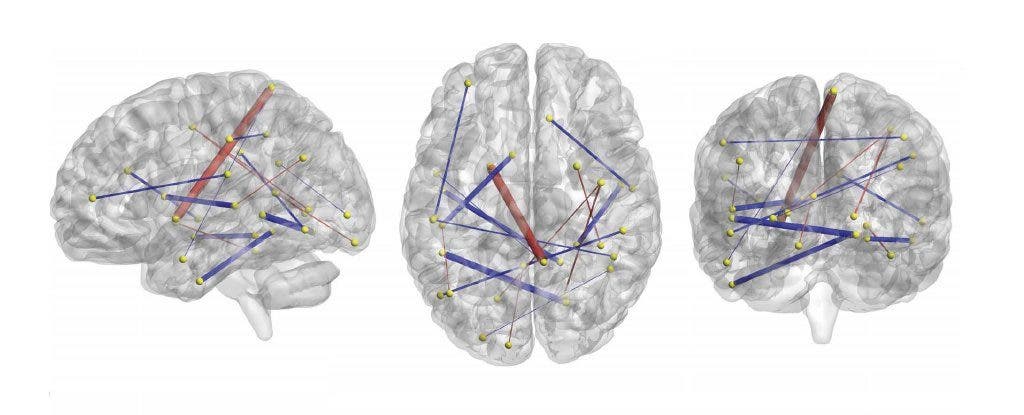Scientists have developed a surprisingly accurate mechanism of predicting autism — using a single brain scan.

The findings indicate that autism has a biological component. Image credits: Carolina Institute for Developmental Disabilities.
Predicting the unpredictable
There’s still a lot of disagreement and debate regarding the nature and causes of autism. We do know that it is a spectrum disorder, with all autistic people suffering from some level of problems, but the severity and nature of these problems differ greatly. Autism is caused by a combination of genetic and environmental factors, with some instances being associated with certain pregnancy infections or drug abuse, and others having no clear source. The diagnosis of autism is difficult because it is based on behavior, not a certain cause or a mechanism. Considering that autism affects an estimated 1 in 68 children (1 in 42 boys and 1 in 189 girls), having a possibility to not only diagnose it but predict it, through a simple brain scan, is truly exciting.
“We have been trying to identify autism as early as possible, most importantly before the actual behavioural symptoms of autism appear,” says team member Robert Emerson of the University of North Carolina at Chapel Hill.
He and his colleagues have developed an algorithm that analyzed brain scans of 6-month-old children and predicted, with almost perfect accuracy, which of them will develop autism.
For the study, they focused on babies with autism suffering siblings, which put them at a higher risk of developing the condition themselves; they settled for 59 infants aged approximately 6 months. They carried out a single brain scan (also a significant reduction from previous studies, and can be carried while the babies are sleeping) which gathered data from 230 brain regions, showing the 26,335 connections between them. Out of all these connections, researchers identified 974 regions possibly connected with autism, and put those into a machine learning algorithm. The results were impressive.
“When the classifier determined a child had autism, it was always right. But it missed two children. They developed autism but the computer program did not predict it correctly, according to the data we obtained at six months of age,” said Emerson.
The algorithm predicted that 9 of them were developing autism, and they did. Still, two more also developed the condition, which it didn’t catch. But the fact that it has no false positives is extremely encouraging, and could pave a new way for autism treatment and management. If parents know from 6 months that a child is highly likely to develop an autistic condition, they can start preparing accordingly and develop a proper environment and suitable therapies.
Vaccines don’t cause autism
This study also carries another interesting conclusion: if autism can be detected through a brain scan, it means that it has a biological component and is not fully environmental. Also, since the test was done before any vaccines were done, it invalidates (once more) the theory that vaccines cause autism. This had already been debunked several times, but for some reason, many people seem to still believe that.
“The study confirms that autism has a biological basis, manifest in the brain before behavioural symptoms appear, and that autism is not due to environmental effects that occur after 6 months, for example, vaccinations,” says Uta Frith of University College London. “This still needs pointing out.”
Of course, although results are encouraging, this is still a relatively small sample size, and it’s not clear how the algorithm would fare for different types of babies (with different brains). They will try to replicate the new findings on a broader sample size. The study comes on the heels of an earlier study that used two scans, at ages of 6 and 12 months, and had similar results in terms of accuracy.
“The more we understand about the brain before symptoms appear, the better prepared we will be to help children and their families,” said researcher Joseph Piven, also from the University of Carolina.
Journal Reference: Robert W. Emerson et al — Functional neuroimaging of high-risk 6-month-old infants predicts a diagnosis of autism at 24 months of age. DOI: 10.1126/scitranslmed.aag2882









